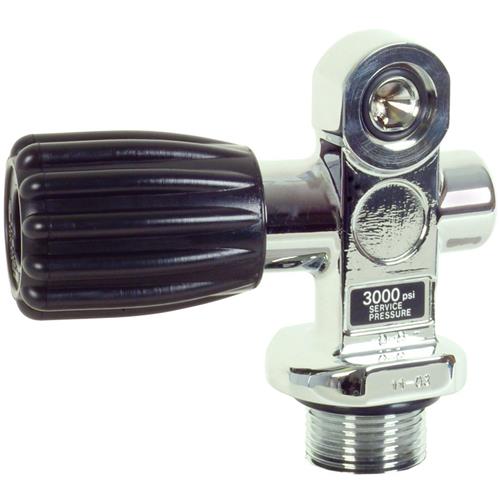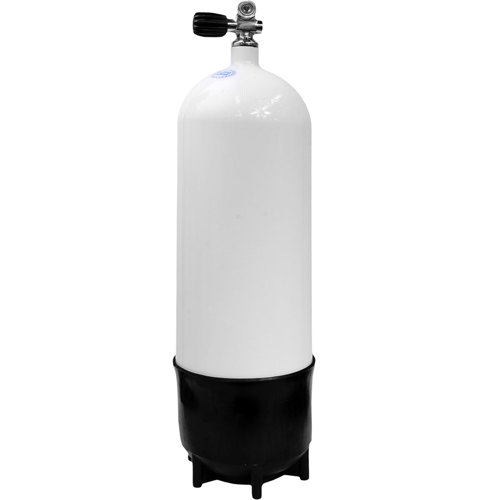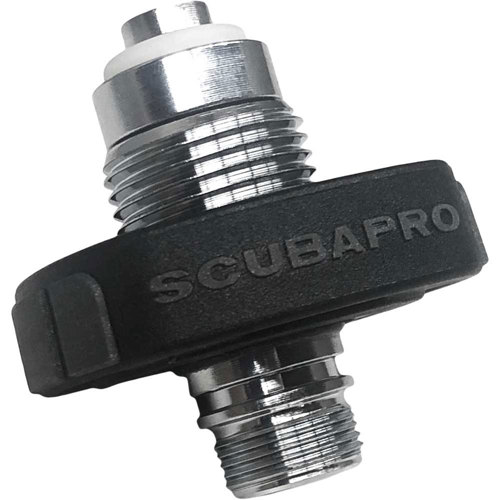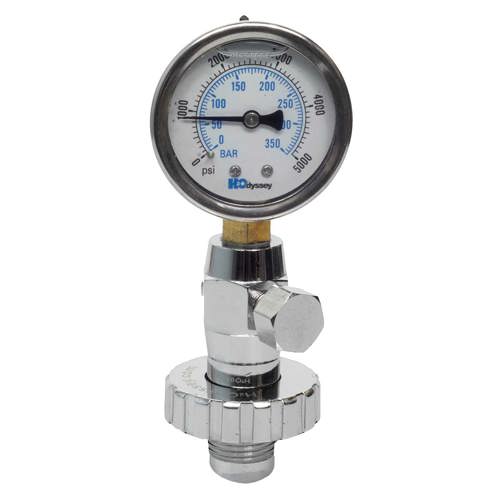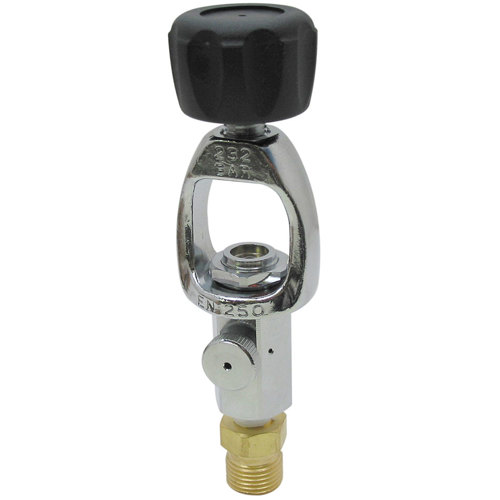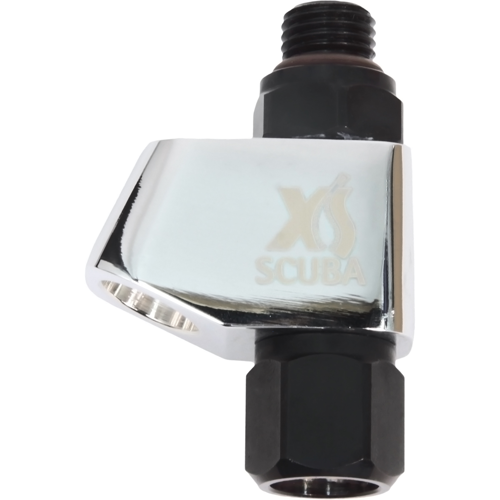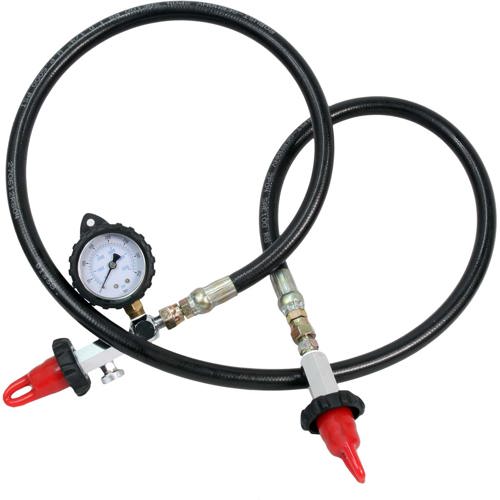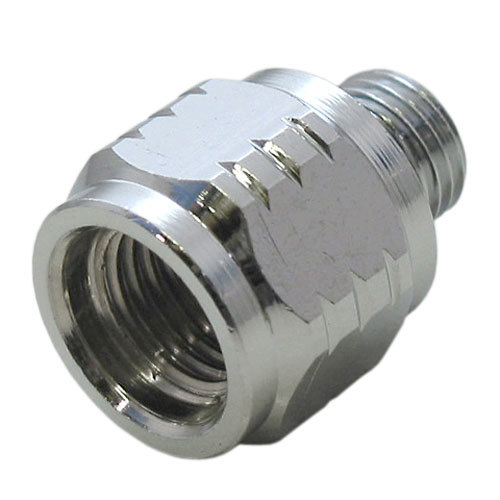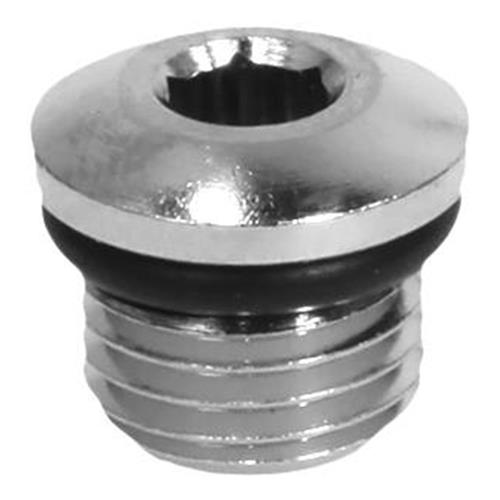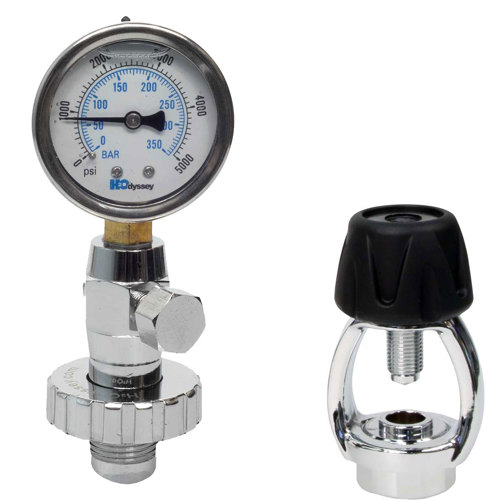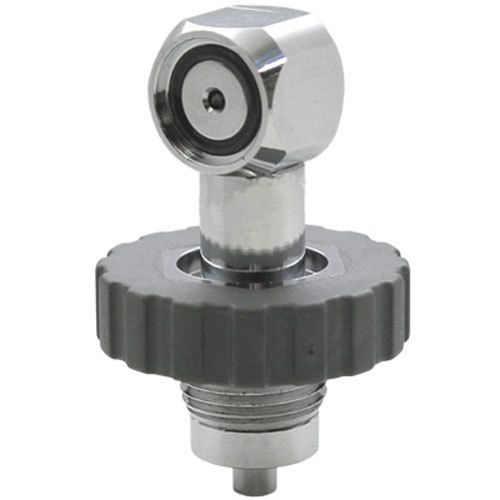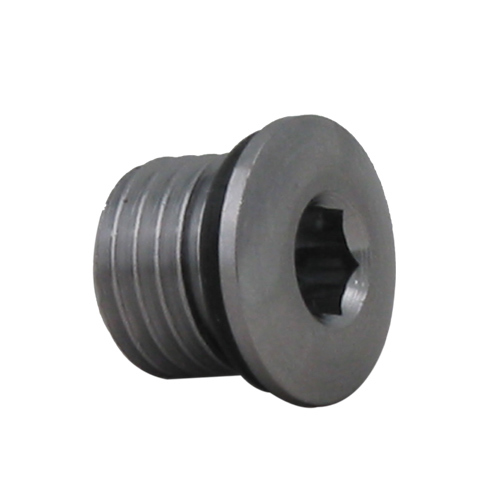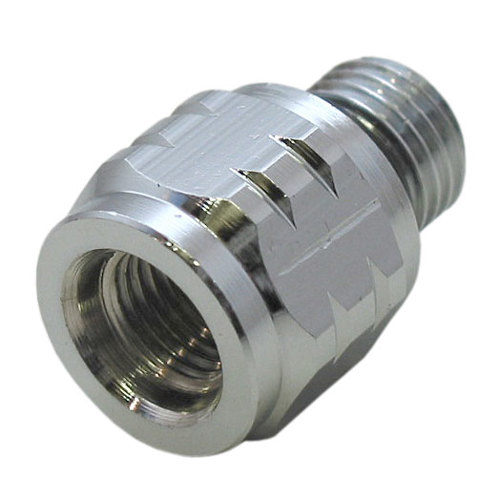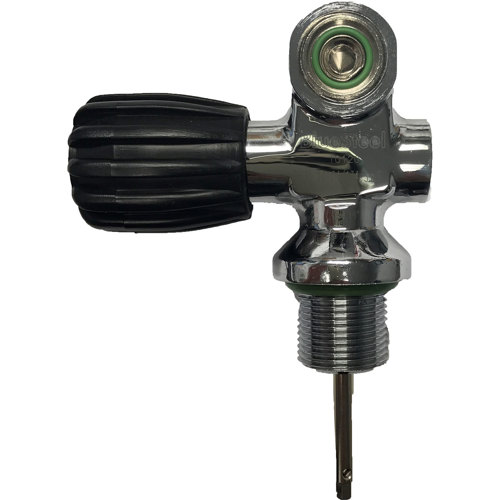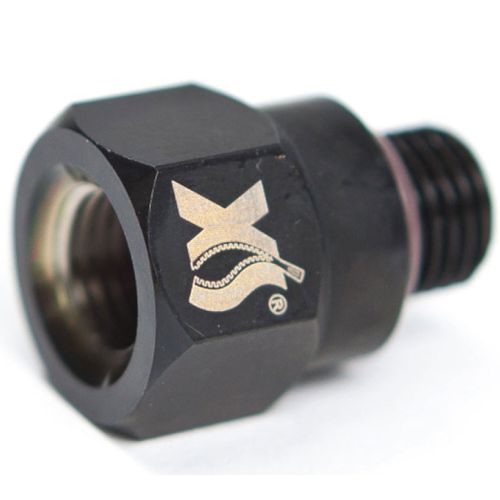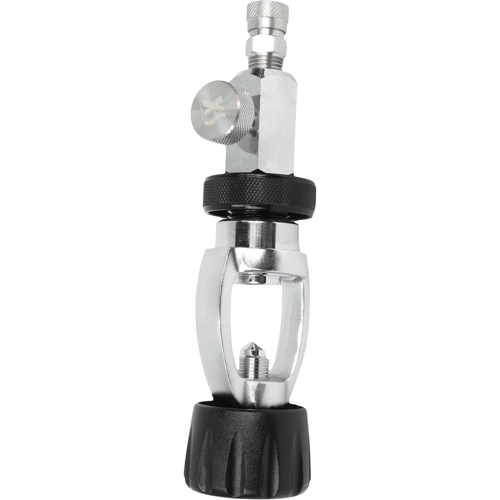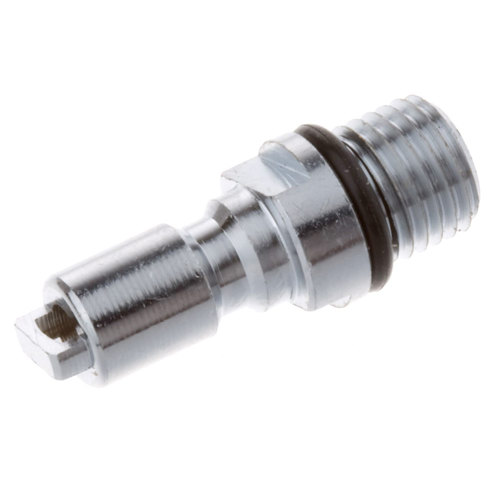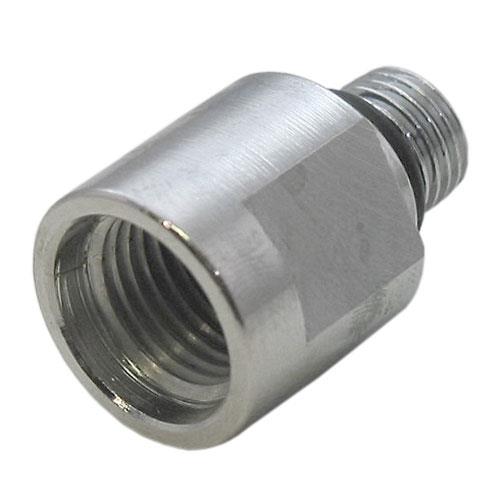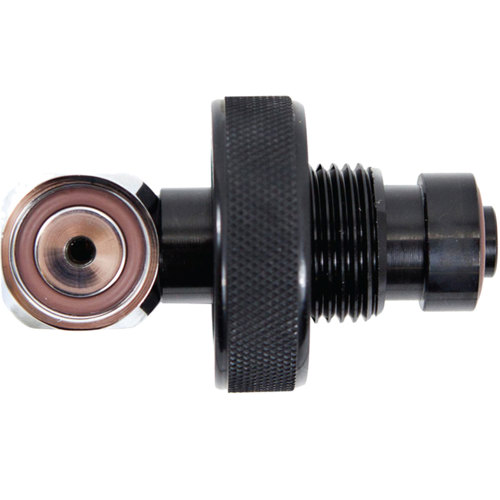Scuba Tank Threads
When exploring the world beneath the waves, the details of your scuba setup can make all the difference in both safety and enjoyment. One of the most crucial yet often overlooked aspects is the compatibility and integrity of your scuba tank threads. Whether you are a seasoned diver preparing for a series of deep wreck explorations or a recreational enthusiast gearing up for late summer dives, understanding the nuances of tank threads is essential. In the United States, the ¾-inch National Pipe Straight Mechanical (NPSM) thread is the prevailing standard for most scuba cylinders and valves, especially those rated for service pressures of 2400 psi and above. Internationally, you may encounter the ISO metric M25x2 thread, which is also accepted in the U.S. under certain conditions. Each cylinder and valve should be clearly stamped with its respective thread type, such as SP12 for ¾-inch NPSM or 25P for M25x2, ensuring that divers and technicians can quickly verify compatibility at a glance. These markings are more than just numbers—they are critical indicators that help prevent the potentially disastrous consequences of cross-threading or improper sealing.
Selecting the right scuba tank thread components is not just a matter of matching numbers; it’s a matter of ensuring every dive is backed by the highest standards of safety and performance. Divers who travel internationally or participate in technical diving often find themselves working with a variety of tanks and valves, making thread compatibility an important consideration. For dive instructors, guides, and anyone who rents or maintains a fleet of cylinders, having a reliable stock of compatible valves and adapters is a must, especially during high-traffic seasons like late summer when dive sites are bustling with activity. Even as a thoughtful gift, components related to tank threads can be invaluable for a diver who is upgrading their gear or planning to expand their diving horizons abroad. The process of installing or converting valves should always be performed by a certified technician, as even a slight mismatch or overtightening can compromise the integrity of the seal and put a diver at risk. Many divers recall the peace of mind that comes from watching a skilled technician use a thread gauge or checker to confirm a perfect fit before torquing the valve to manufacturer specifications—usually around 50 lbf·ft—to ensure the O-ring is properly compressed and the seal is secure. This attention to detail allows you to focus on the adventure ahead, rather than worrying about your equipment.
For those who find themselves needing to adapt their cylinders for different valve types or international standards, resources and solutions are readily available. Whether you’re preparing for a dive trip abroad or updating your gear to accommodate new tanks, understanding the specifics of scuba tank threads and knowing where to find reliable conversion options is key. If you’re considering making changes to your setup, or if you simply want to learn more about how to safely and effectively convert between thread types, explore our comprehensive
Scuba Tank Conversion guide. With the right knowledge and equipment, you can ensure that your scuba adventures—whether in tropical waters or local lakes—are supported by gear that is as safe and dependable as your passion for diving.
Top Picks For Scuba Tank Threads


